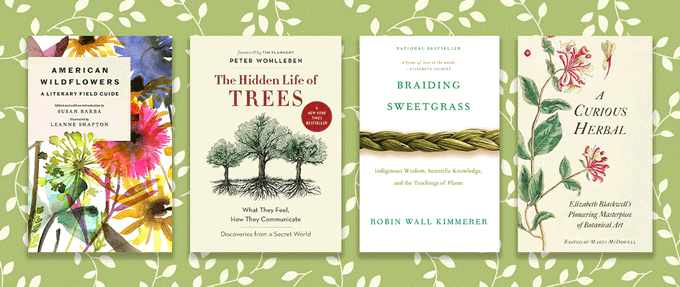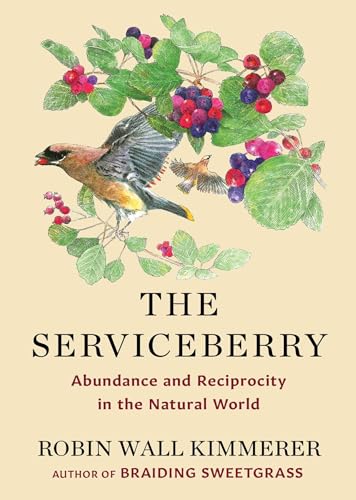The natural world is all around us, but for so many of us, it’s all too easy to take it for granted. Yet, nature has many lessons to teach us, lessons that are as relevant to us today as they were to our ancestors hundreds or even thousands of years ago.
Lessons that go beyond nutrition, conservation, or even peace of mind to touch upon economics, literature, social sciences, and gender history.
From the pages of an 18th-century guide to medicinal plants to a book of literary prose and verse dedicated to roadside wildflowers, these five books will help you to cultivate a more nature-based worldview, one that will benefit your day-to-day life and help you appreciate all the lessons that the natural world has to offer.
These are books about the language of trees, the lessons of the humble serviceberry, and medicinal plants—but they are also books about our relationship with the world around us, and with each other.
From the many lessons contained in Robin Wall Kimmerer’s bestselling Braiding Sweetgrass to the history of an overlooked 18th-century naturalist, these six thought-provoking books are a must-have for the collection of any nature lover—or anyone who wants to learn how to appreciate nature just a little bit more.

The Animal Mind
A combination of essays, insights, and images, The Animal Mind is a captivating look into the animal psyche. From leading nature author Marianne Taylor and photographers Joel Sartore, Melissa Groo, and more, they work to understand how animal intelligence is on par with our own.
With over 60 animal profiles, accompanied by stunning portraits, this study offers a roadmap to the building blocks and culture of the animal kingdom. Discover why gorillas use sign language, what the prairie dogs' yips really mean, and so much more today.
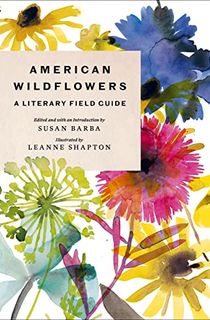
American Wildflowers
“Think of it as a field guide to the literary imagination,” says the back-cover copy of this “luminous selection of essays, poems, and letters” (Financial Times) that combines writing from across the decades and disciplines, all focused on the American wildflowers we might see alongside the road.
Hailed by Publishers Weekly as a “prismatic and dynamic work,” editor Susan Barba has collected essays from a range of authors.
Selections include esteemed botanists such as George Washington Carver and Robin Wall Kimmerer, prose fiction by the likes of Lydia Davis and Aimee Nezhukumatathil, and poems by such luminaries as Walt Whitman, Emily Dickinson, T.S. Eliot, William Carlos Williams, Allen Ginsberg, and many more.
The result is “a significant addition to the tradition of writing about plants,” which “urges us to notice the lessons offered by the tiniest bluet” (Bookpage).
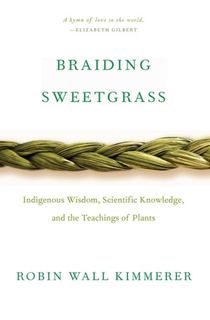
Braiding Sweetgrass
Named one of the Best Essay Collections of the Decade by Literary Hub and hailed by Jane Goodall as “an extraordinary book,” Braiding Sweetgrass combines author Robin Wall Kimmerer’s training as a botanist with her heritage as a member of the Citizen Potawatomi Nation.
The beloved bestseller that has sold millions of copies and opened countless eyes to the fact that nature is our first and oldest teacher.
In a book that “illustrate[s] the culture of gratitude in which we all should live” (Publishers Weekly), Kimmerer brings together Potawatomi myths with observations of the natural world ranging from “sustainable agriculture to pond scum” (NPR).
Ultimately, she takes readers on “a journey that is every bit as mythic as it is scientific, as sacred as it is historical, as clever as it is wise” (Elizabeth Gilbert, author of Eat, Pray, Love).
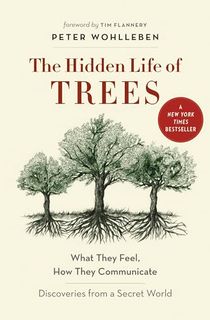
The Hidden Life of Trees
“A declaration of love and an engrossing primer on trees, brimming with facts and an unashamed awe for nature” (Washington Post), Peter Wohlleben “has listened to trees and decoded their language” (New York Review of Books) in this bestselling book about the life and language of trees.
As some of the largest and most visible plants in our world, trees are our constant companions—but how much do we really know about them?
By drawing on groundbreaking scientific studies, Wohlleben makes the case that trees are social beings who communicate with one another—we just have to know how to listen.
Far from a dry scientific treatise, however, Wohlleben’s writing is “warmly avuncular, storybook simple, and heavily dusted with the glitter of wonderment” (New Yorker), in this “fascinating book [that] will intrigue readers who love a walk through the woods” (Publishers Weekly).

The Serviceberry
In Braiding Sweetgrass, botanist and member of the Citizen Potawatomie Nation Robin Wall Kimmerer changed the way we look at the natural world. In The Serviceberry, she may just change the way we look at our own world, and our relationships with one another.
Through “a beautiful meditation on abundance, reciprocity and community, drawing inspiration from indigenous wisdom, and inviting us to reimagine what we value most” (The Guardian), Kimmerer uses the serviceberry as an illustration to craft a “compelling argument for a more ethical economy” (TIME).
In this “optimistic book,” Kimmer “trusts in the ability of people to do the right thing” (Washington Post).
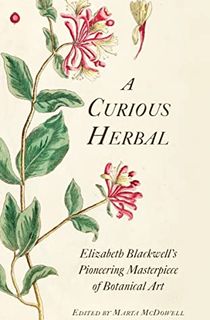
A Curious Herbal
Described by Will Beharrell, Librarian of the Linnean Society of London, as “a scholarly facsimile that’s also a thing of great beauty,” this new reproduction of Elizabeth Blackwell’s groundbreaking botanical work, originally published between 1737 and 1739, is both a fascinating primer on medicinal plants.
The book offers a “captivating look at a moment when science, medicine, and—at least in the case of Blackwell—gender dynamics were drastically shifting in Britain” (Hyperallergic). When she began her illustrated guide to medicinal plants, Blackwell’s husband was confined to debtor’s prison, and she was penniless.
Through the publication of her Curious Herbal, she found herself praised as a naturalist and reaping the rewards of financial success.
This new facsimile reproduction, with introductory texts by editor Marta McDowell and historian Janet Stiles Tyson, “gives credit to its longevity as a text and set of illustrations that have stood the test of time, and remain relevant and worthy of recognition to this day” (Sue Medway, Director and Curator of the Chelsea Physic Garden).
Featured image: Cute Designs Studio / Canva
